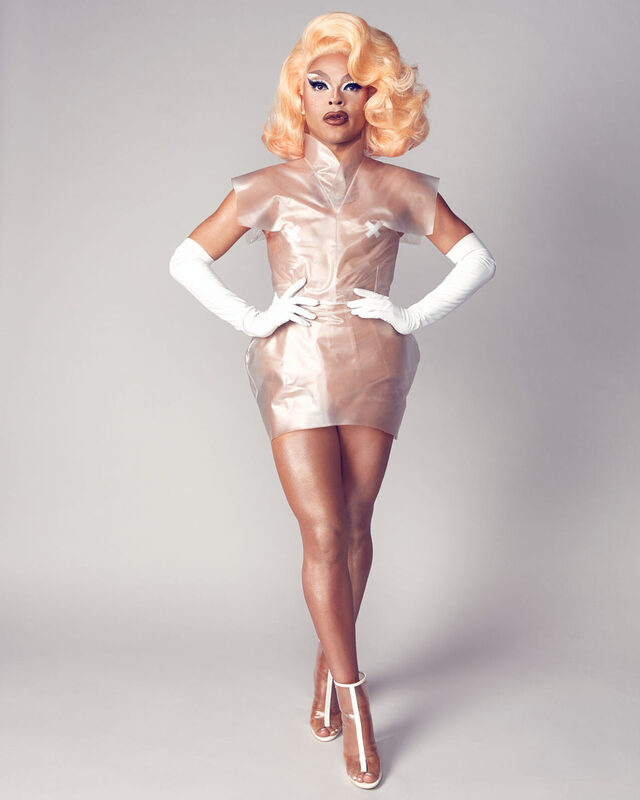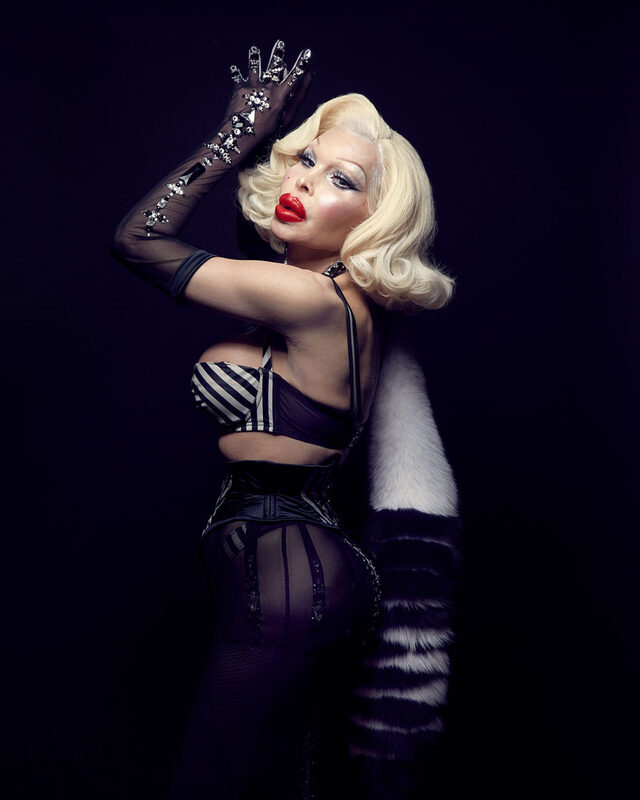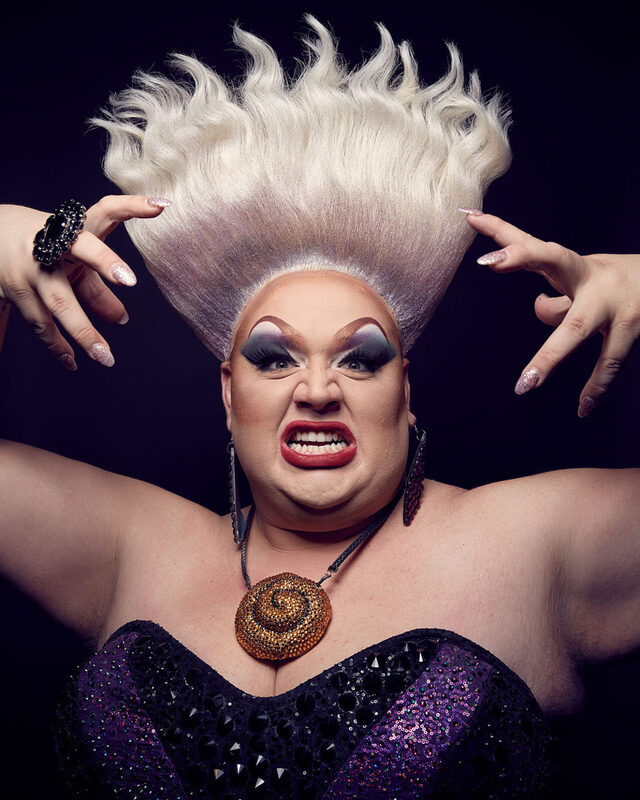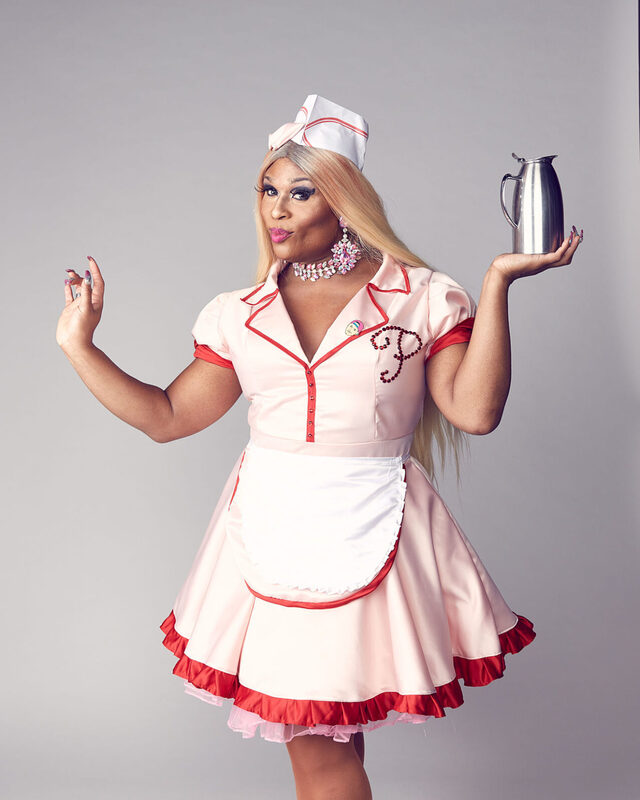|
In Visual Pleasure and Narrative Cinema, Laura Mulvey argues that classic Hollywood films are built around the male gaze, meaning that they’re designed to please a heterosexual male viewer. Women in these films are usually passive, serving as eye candy rather than driving the story, while the men are the active heroes we’re meant to identify with.
Mulvey pulls from Freud, talking about scopophilia (pleasure in looking) and how movies encourage audiences to objectify women. She also points out how female characters often exist in films just to be looked at, reinforcing traditional gender roles. Her solution to this is experimental and feminist cinema that challenges this structure. The essay had a huge impact, shaping feminist and film studies. But it’s been critiqued for being too rigid; what about female viewers or different kinds of cinema? Even Mulvey herself revisited some of her ideas later on..
A subculture is a group of people within a larger culture who share different beliefs, interests, or behaviors that set them apart. For example, punk music fans might form a subculture with its own fashion and values, distinct from mainstream society. According to sociologist Sarah Thornton, subcultures often provide a sense of identity and belonging for their members (Thornton, 1995).
Source: Thornton, S. (1995). Club Cultures: Music, Media, and Subcultural Capital. Cambridge: Polity Press.
Cultural Capital: Drag
RuPaul, Queen of Drag
Ru Paul's Drag Queen Race
Funny Girls, Burlesque cabaret bar, Blackpool
How drag queens shaped the biggest makeup trends, Elle (via YouTube)
Drag Queen Photoshoot
How Drag went Mainstream, The Guardian
|
Site powered by Weebly. Managed by 34SP.com













